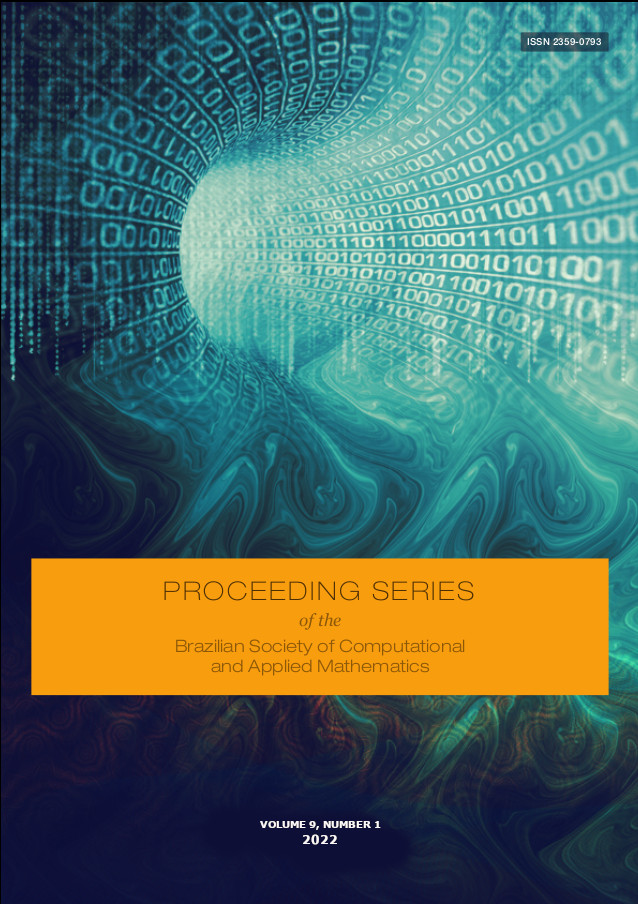Estimating the Obstructed Portion of the Night Sky.
Resumo
Meteor showers occur when the Earth crosses the orbit of a comet and small dust particles enter the Earth’s atmosphere [7]. The number of meteors observed in a meteor shower depends on the following: climatic conditions, the degree of light pollution in the observer neighborhood, the latitude of the observation location, etc. For this reason, observers from different locations, when looking at the same meteor shower, can see very different situations. [...]
Downloads
Referências
G. Bradski. “The OpenCV Library”. In: Dr. Dobb’s Journal of Software Tools (2000).
P. Brown. “On the cause and nature of error in zenithal hourly rates”. In: WGN, Journal of the International Meteor Organization (1990).
F. C. R Fernandes et al. “Southern delta Aquariids (SDA) meteor shower registered by UNIVAP stations in the triennium 2017, 2018 and 2019”. In: WGN, Journal of the International Meteor Organization (2020).
C. Johannink and K. Miskotte. “Results for the Aquariid-expedition to Namibia, July 2012”. In: WGN, Journal of the International Meteor Organization (2012).
Nobuyuki Otsu. “A threshold selection method from gray-level histograms”. In: IEEE transactions on systems, man, and cybernetics 9.1 (1979), pp. 62–66.
A. M. Reza. “Realization of the contrast limited adaptive histogram equalization (CLAHE) for real-time image enhancement”. In: Journal of VLSI signal processing systems for signal, image and video technology 38.1 (2004), pp. 35–44.
R. C. A. Silva et al. “Statistics of South Delta-Aquariids (SDA) meteor showers registered at UNIVAP in 2017 and 2018”. In: Revista Brasileira de Ensino de Física (2019). doi: http://dx.doi.org/10.1590/1806-9126-rbef-2019-0001.

